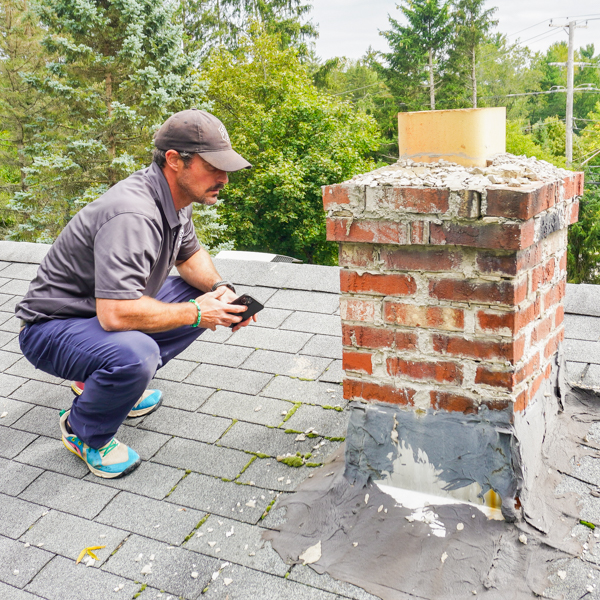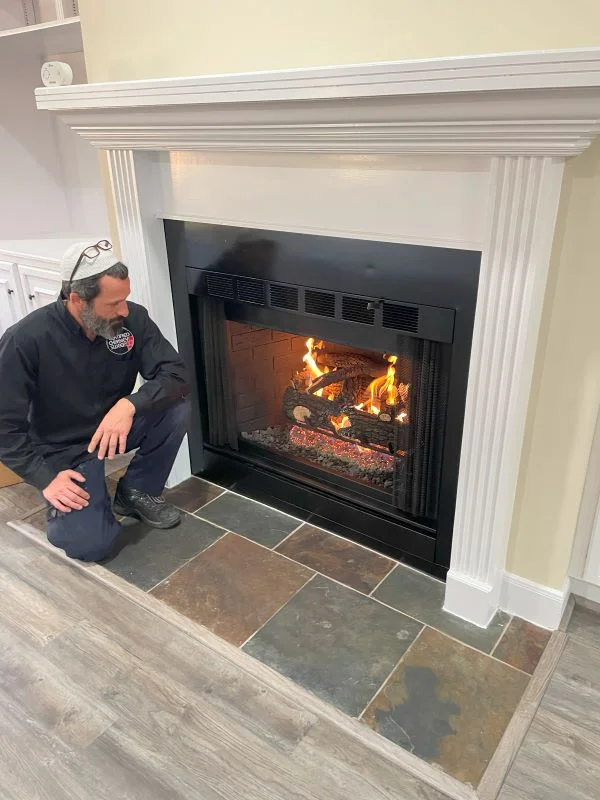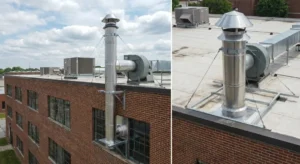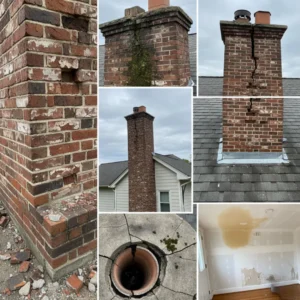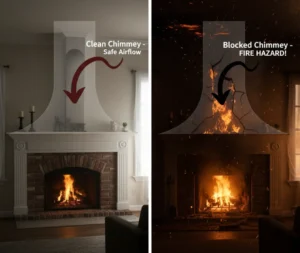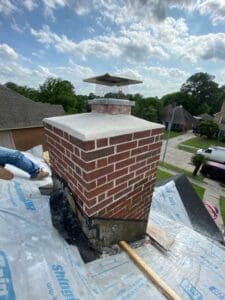
Your chimney is more than just a brick structure reaching toward the sky – it’s a gateway to countless cozy evenings, holiday gatherings, and cherished memories around the fireplace. While these stalwart sentinels of our homes are built to last, time and the elements eventually take their toll. Knowing when your chimney needs replacement rather than repairs can save you from costly damage and ensure your family’s safety.
The Hidden Language of Chimney Deterioration
Just like an old friend who’s trying to tell you something’s wrong, your chimney has its own way of communicating distress. Understanding these signals could mean the difference between a simple chimney repair and a complete chimney replacement. Let’s explore the telltale signs that your trusted chimney might be ready for retirement.
When Brick and Mortar Tell Their Story
Time writes its story in the very fabric of your chimney’s structure. Those seemingly minor cracks in your masonry work might be whispering tales of deeper concerns. When you notice bricks flaking, crumbling, or developing a powdery surface (spalling), it’s your chimney’s way of revealing serious water damage. This deterioration isn’t just cosmetic – it’s a structural red flag that demands immediate attention.
If water intrusion is the culprit, sealing a leaky chimney or replacing damaged flashing may help, but widespread damage may require a full chimney rebuild.
The Tilting Tower Warning
A leaning chimney isn’t just an optical illusion. When your chimney starts to tilt, it’s often signaling foundation issues that can’t be ignored. This deviation from its original position might start subtly, but it’s one of the most serious signs that chimney replacement is in your future. Think of it as your home’s version of the Leaning Tower of Pisa – interesting to look at, but not something you want on your property.
Interior Signs That Shouldn’t Be Ignored
The Tale of the Falling Tiles
Your flue liner is your chimney’s unsung hero, and when it starts failing, the signs often show up inside your home first. If you’re finding bits of tile or clay in your fireplace, your liner is likely deteriorating. This is a serious safety concern that may point toward the need for chimney relining or complete replacement
When Moisture Makes Its Mark
Water stains on ceilings or walls near the chimney often reveal that your chimney’s waterproofing has failed. While minor leaks can sometimes be solved with chimney cap repair or flashing replacement, widespread damage usually signals the need for a full chimney replacement.
The Safety Signals You Can’t See
Hidden Hazards in Your Walls
Some of the most dangerous chimney problems lurk where you can’t see them. Frequent carbon monoxide alerts or a persistent smoky smell may indicate hidden structural issues. In these cases, a certified chimney inspection can confirm whether repairs are possible or if replacement is the safer choice.
The Cost of Waiting
Delaying a necessary chimney replacement is like ignoring a leaking roof – the problem only gets worse and more expensive with time. What starts as a minor issue can quickly escalate into a major structural concern that affects not just your chimney, but your entire home’s integrity and your family’s safety.
Modern Solutions for Age-Old Problems
The Evolution of Chimney Technology
Today’s replacement chimneys use advanced materials and techniques for better durability, efficiency, and safety. Professional chimney installation ensures your new system is built to current codes and lasts for decades.
Investment in Peace of Mind
Though replacement is a significant investment, it pays off in safety, home value, and reduced maintenance. A modern system with proper chimney services is designed to protect your home and provide peace of mind.
Making the Right Decision
Professional Assessment Matters
While this guide helps identify potential problems, only a professional chimney inspection can determine if replacement is necessary. Certified experts bring the tools and knowledge to give you a reliable assessment.
Planning for chimney Replacement
If replacement is necessary, proper planning can make the process smoother and more cost-effective. Consider factors like weather conditions, local building codes, and your home’s specific needs when scheduling the work. Remember that quality materials and professional installation are investments in your home’s future.
Your Next Steps
Your chimney plays a vital role in your home’s safety and comfort. As you’ve discovered the signs that might indicate the need for replacement, you’re better equipped to make informed decisions about getting your chimney replaced. Whether you’re considering immediate action or planning for the future, staying informed about your home’s maintenance needs is crucial. Follow our blog for more expert advice on chimney care, maintenance tips, and safety guidelines for both existing chimneys and those that have been replaced. We regularly share valuable insights to help you protect your home and family. Remember, when it comes to chimney safety, being proactive isn’t just smart—it’s essential.
Don’t miss our upcoming posts about maintaining your newly replaced chimney system and maximizing its lifespan. Subscribe to our newsletter for the latest updates and expert advice delivered straight to your inbox. Your home’s safety is our priority, and we’re here to help you every step of the way, from identifying when your chimney needs to be replaced to maintaining your new system for years to come.

